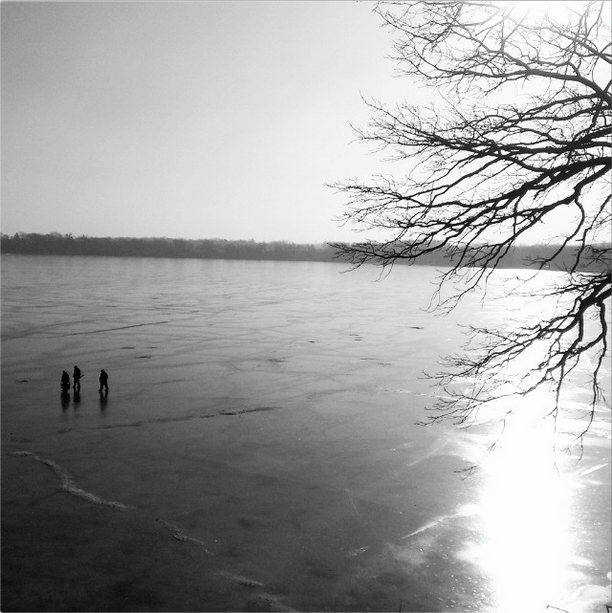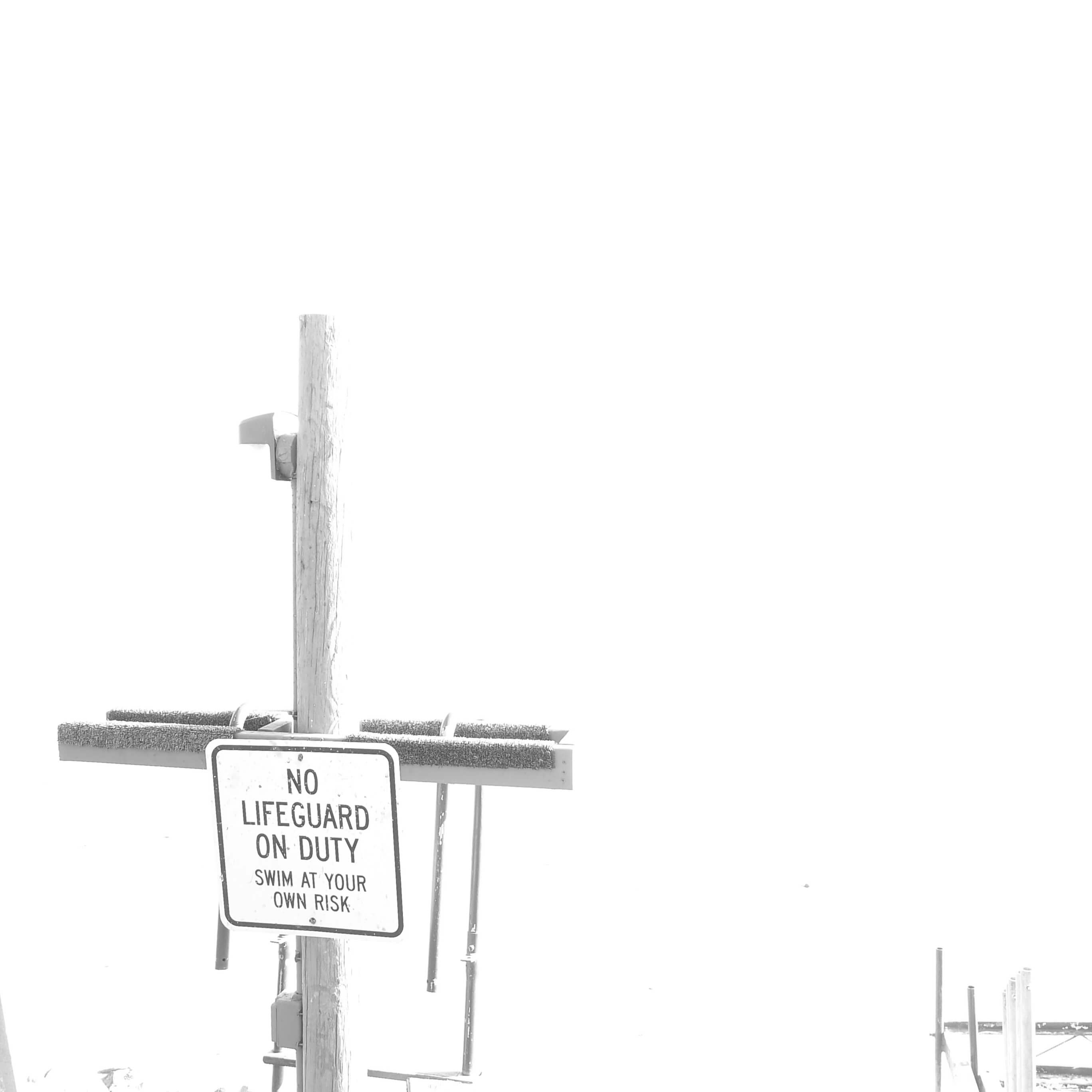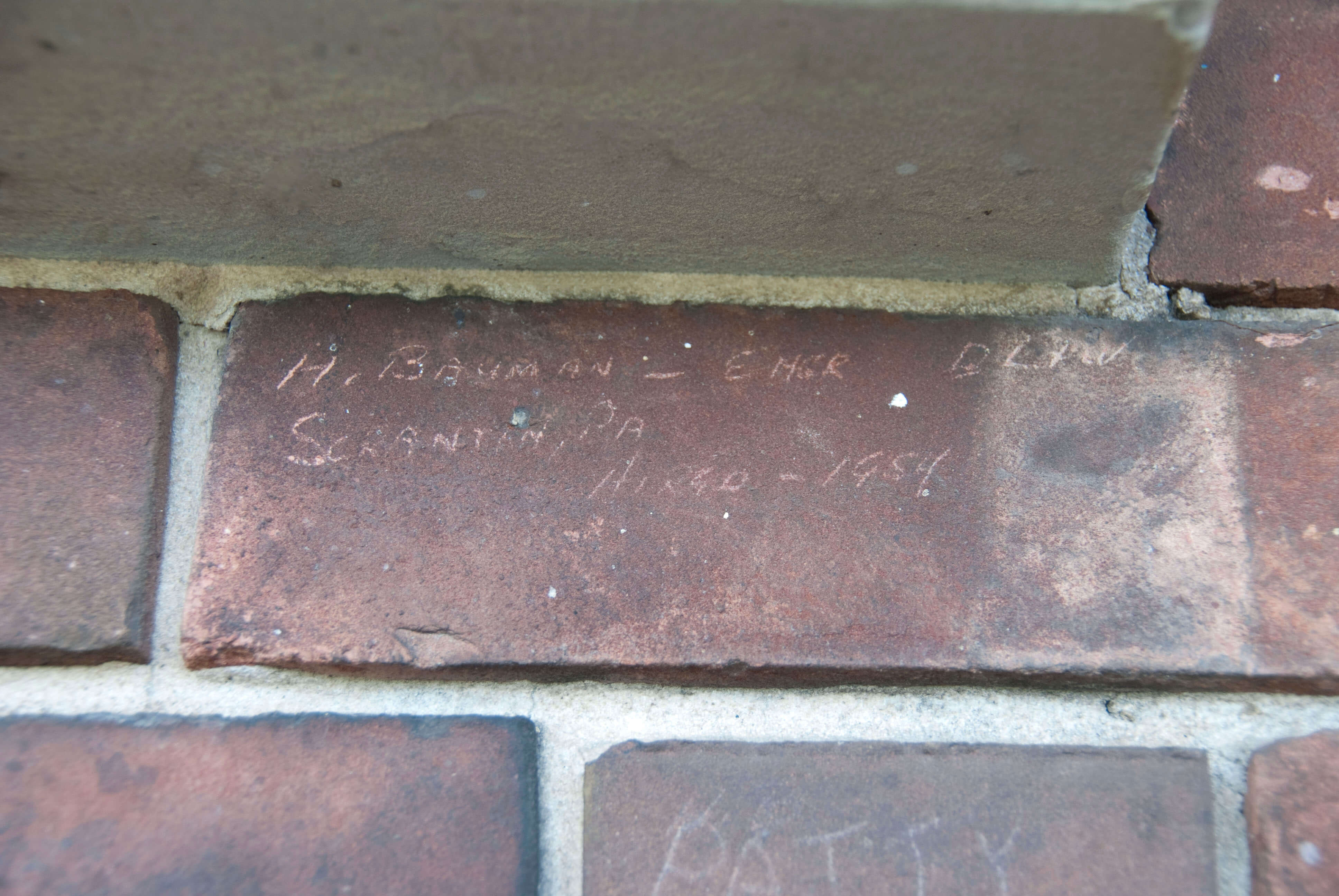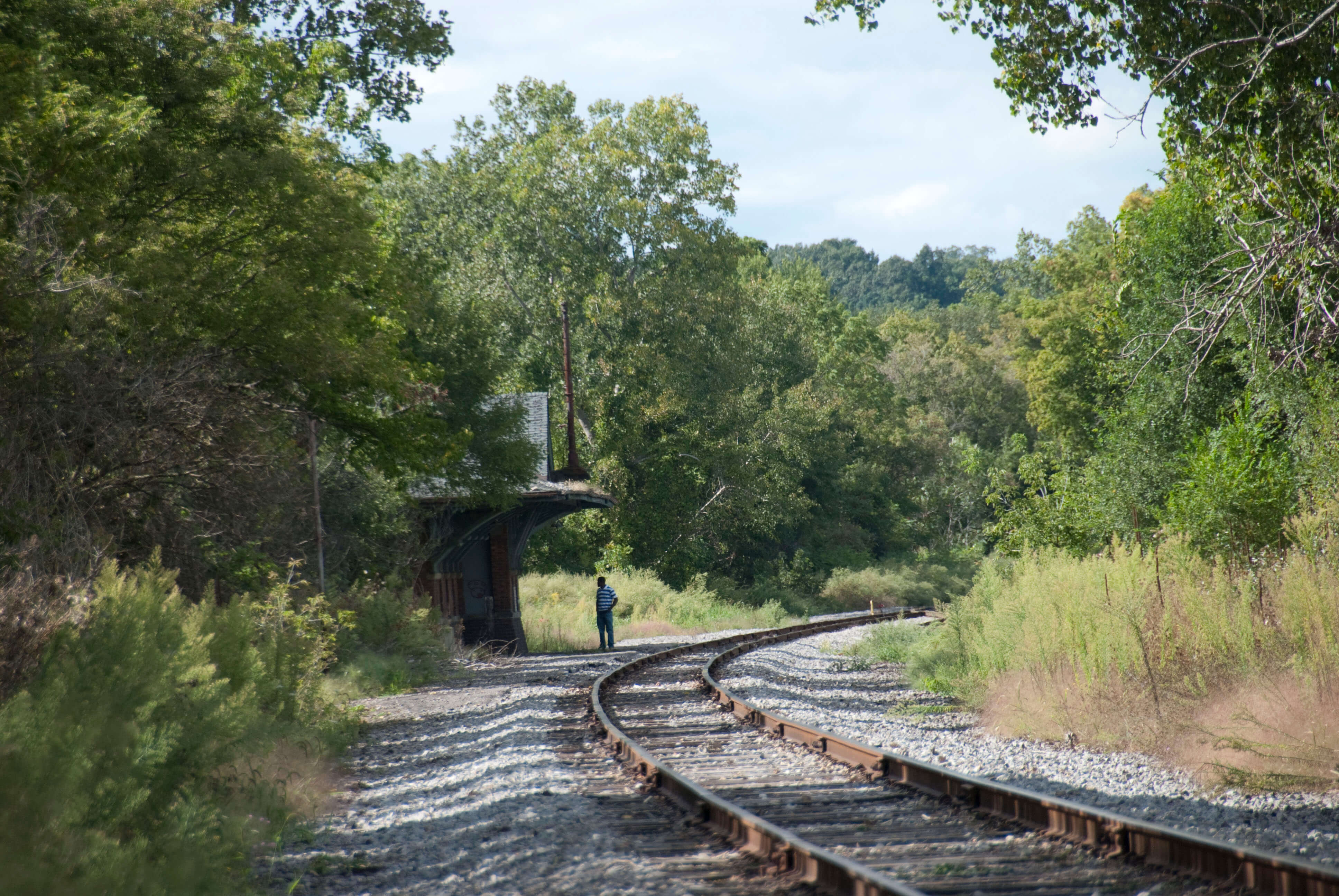Boom…boom…boom!
Three shots echo across the horizon. It’s muzzleloader season and it’s a beautiful day for a hunt. I’m not wearing any orange, although I know that’s rule number one this time of year. I’m safe on my porch overlooking Barbers Bay. A blinding sun reflects off of Lake Kegonsa. Men walk on water in front of me. It’s no miracle. They’re ice fishermen; and this is winter in Wisconsin, United States of America.
“This’ll be where you get your 40-incher!”
I’m sure it’s all old hat to them down there. It’s most definitely 2014 anyways. One of them doesn’t even break stride from drilling to fight with his wife. “I’m not coming home just because you’re locked oot. I’m out on the lake!” and hangs up the phone.
“Flag up!”
“We’ve got a flag up!”
“Flag up, flag up.”
They have to layer up out there. It’s as wide open as any Midwestern plain out there. Their greatest source of warmth seems to be rubbing their hands together, (not stomping their feet on account of being on a frozen lake) and a steady stream of Marlboro Reds. The tourists and motorboats are all drydocked for the winter leaving something very authentic. 28 degrees Fahrenheit has a very cleansing effect.
“Carp! We’ve got carp.”
“Carp.”
It’s as busy as the busiest city out there in its way. The hunters in the distance and the ice fishermen are just the start of it. They’re the sirens across town and the people populating the sidewalks. Further out on the frozen lake is a rush of noise, jockeying for position and cutting each other off not unlike a pack of taxicabs. Ice boats -sailboats on skates– whip around in a large oval racing each other.
The noise of this frozen regatta is not unlike a 747 making it’s final descent. Yet it’s somehow comforting to hear all this sound and not have it tied to the rush-rush of the metropolitan rat race.
https://www.youtube.com/watch?v=mfGpvOLnzQc&feature=youtu.be
At night the moon cuts a white trail across the ice and shows the preserved lake’s shape as it was right before it finally froze completely. What’s it like to be that last wave frozen out there? Getting so close, but not actually making it to the shore.
At night the wind is light enough that it only makes a very small ‘wind’ sound that they might use in the opening to a movie about the Midwest. The ice boats and fishermen are gone. The only noises that have replaced them are the occasional cracking off the ice as it heaves, and the vibrato sound of a winter beater, so common in rural U.S. of A., winding down the road along our Lake Kesonga
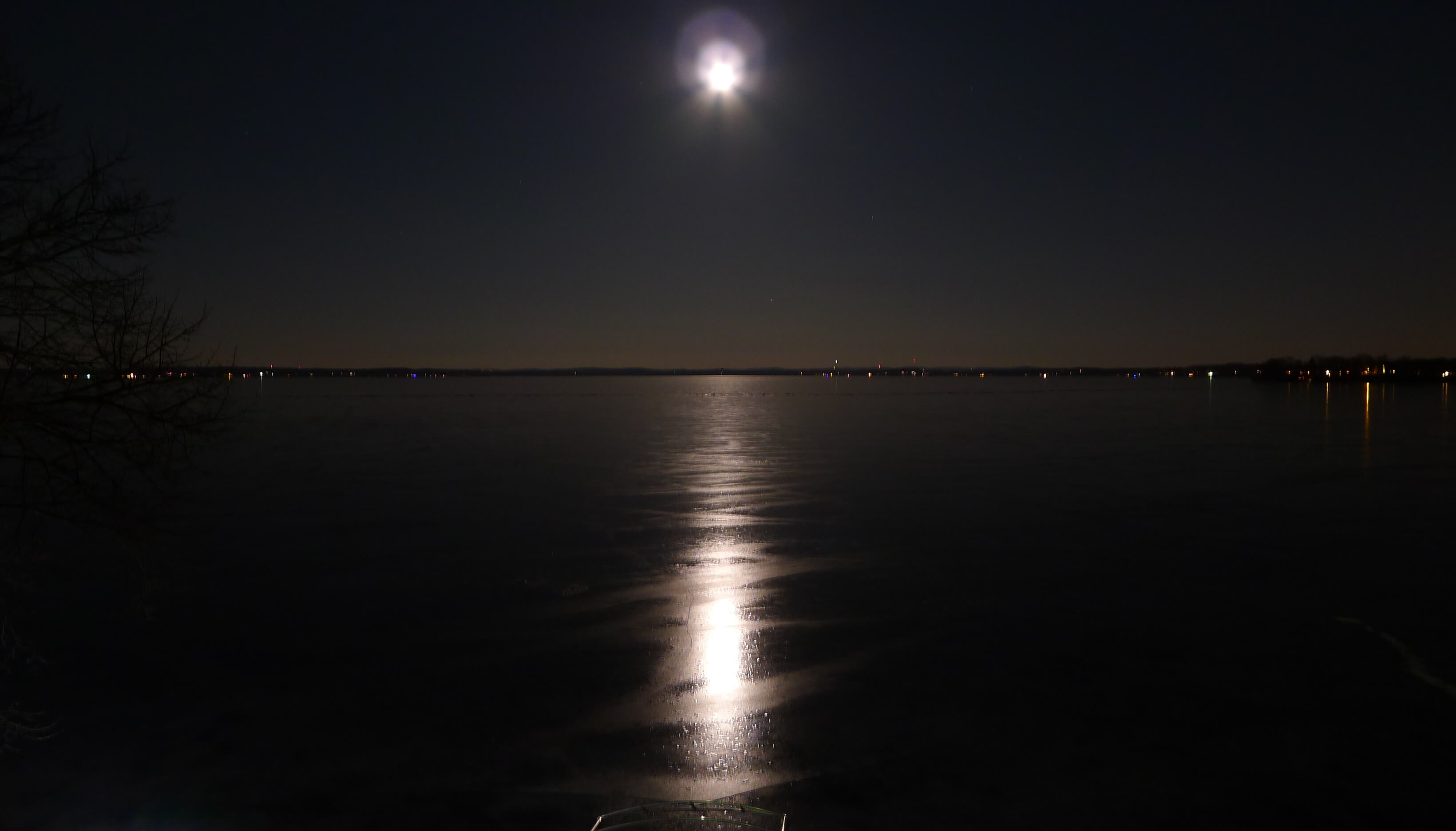 .This is a heavenly place to come and write, much like the country always is. It always seems like wonderful balance to city life. The yin and the yang of artistic bounty. Spending some time in the city, and spending some time in the country. Seeing how both halves live, and understanding that there is beauty and a cornucopia of creativity buried not-too-deep from the surface.
.This is a heavenly place to come and write, much like the country always is. It always seems like wonderful balance to city life. The yin and the yang of artistic bounty. Spending some time in the city, and spending some time in the country. Seeing how both halves live, and understanding that there is beauty and a cornucopia of creativity buried not-too-deep from the surface.
And when you make it out here there’s a good chance that creativity might just poke its way through. That or a 40-inch carp.

